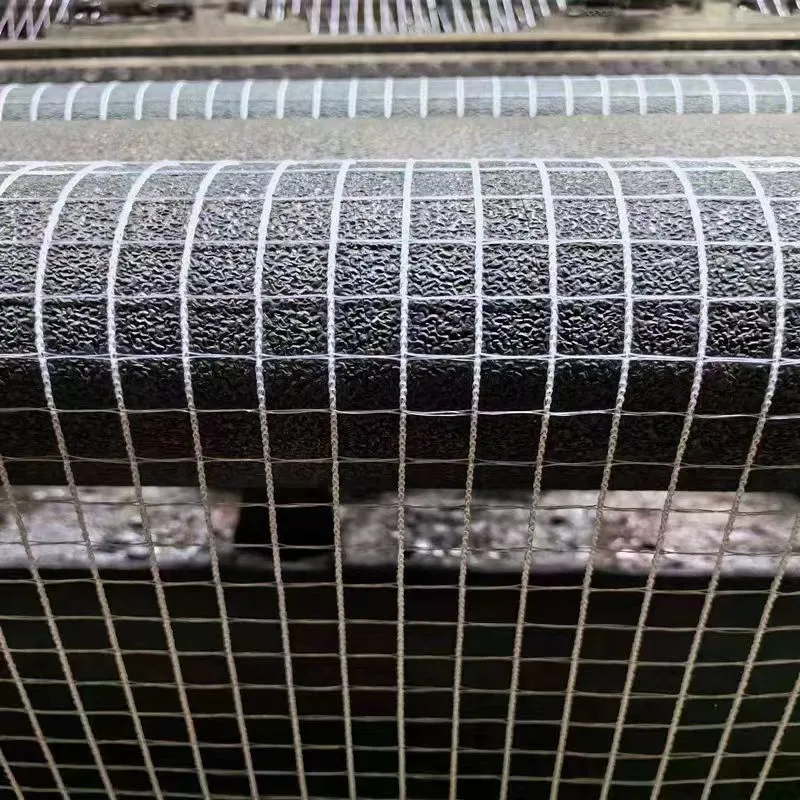-
 Afrikaans
Afrikaans -
 Albanian
Albanian -
 Amharic
Amharic -
 Arabic
Arabic -
 Armenian
Armenian -
 Azerbaijani
Azerbaijani -
 Basque
Basque -
 Belarusian
Belarusian -
 Bengali
Bengali -
 Bosnian
Bosnian -
 Bulgarian
Bulgarian -
 Catalan
Catalan -
 Cebuano
Cebuano -
 China
China -
 Corsican
Corsican -
 Croatian
Croatian -
 Czech
Czech -
 Danish
Danish -
 Dutch
Dutch -
 English
English -
 Esperanto
Esperanto -
 Estonian
Estonian -
 Finnish
Finnish -
 French
French -
 Frisian
Frisian -
 Galician
Galician -
 Georgian
Georgian -
 German
German -
 Greek
Greek -
 Gujarati
Gujarati -
 Haitian Creole
Haitian Creole -
 hausa
hausa -
 hawaiian
hawaiian -
 Hebrew
Hebrew -
 Hindi
Hindi -
 Miao
Miao -
 Hungarian
Hungarian -
 Icelandic
Icelandic -
 igbo
igbo -
 Indonesian
Indonesian -
 irish
irish -
 Italian
Italian -
 Japanese
Japanese -
 Javanese
Javanese -
 Kannada
Kannada -
 kazakh
kazakh -
 Khmer
Khmer -
 Rwandese
Rwandese -
 Korean
Korean -
 Kurdish
Kurdish -
 Kyrgyz
Kyrgyz -
 Lao
Lao -
 Latin
Latin -
 Latvian
Latvian -
 Lithuanian
Lithuanian -
 Luxembourgish
Luxembourgish -
 Macedonian
Macedonian -
 Malgashi
Malgashi -
 Malay
Malay -
 Malayalam
Malayalam -
 Maltese
Maltese -
 Maori
Maori -
 Marathi
Marathi -
 Mongolian
Mongolian -
 Myanmar
Myanmar -
 Nepali
Nepali -
 Norwegian
Norwegian -
 Norwegian
Norwegian -
 Occitan
Occitan -
 Pashto
Pashto -
 Persian
Persian -
 Polish
Polish -
 Portuguese
Portuguese -
 Punjabi
Punjabi -
 Romanian
Romanian -
 Russian
Russian -
 Samoan
Samoan -
 Scottish Gaelic
Scottish Gaelic -
 Serbian
Serbian -
 Sesotho
Sesotho -
 Shona
Shona -
 Sindhi
Sindhi -
 Sinhala
Sinhala -
 Slovak
Slovak -
 Slovenian
Slovenian -
 Somali
Somali -
 Spanish
Spanish -
 Sundanese
Sundanese -
 Swahili
Swahili -
 Swedish
Swedish -
 Tagalog
Tagalog -
 Tajik
Tajik -
 Tamil
Tamil -
 Tatar
Tatar -
 Telugu
Telugu -
 Thai
Thai -
 Turkish
Turkish -
 Turkmen
Turkmen -
 Ukrainian
Ukrainian -
 Urdu
Urdu -
 Uighur
Uighur -
 Uzbek
Uzbek -
 Vietnamese
Vietnamese -
 Welsh
Welsh -
 Bantu
Bantu -
 Yiddish
Yiddish -
 Yoruba
Yoruba -
 Zulu
Zulu
Current Pricing Trends for Welded Wire Mesh in the Construction Industry
Understanding the Price of Welded Wire Mesh
Welded wire mesh, a versatile material used in various construction, agricultural, and industrial applications, has gained immense popularity due to its durability and strength. However, one of the most significant factors influencing its utilization is its price. Understanding the price dynamics of welded wire mesh can help individuals and businesses make informed purchasing decisions.
What is Welded Wire Mesh?
Welded wire mesh consists of intersecting wires that are welded together at their junctions. This configuration creates a strong, rigid grid structure that is available in various sizes and configurations, depending on the intended application. The mesh can be manufactured from different materials such as stainless steel, galvanized steel, and even plastic, each offering distinct benefits and varying price points.
Factors Influencing Price
Several factors contribute to the price of welded wire mesh, including material type, wire gauge, mesh size, coating type, and production processes.
1. Material Type The material from which the mesh is made significantly affects its price. For instance, stainless steel wire mesh is generally more expensive than galvanized steel due to its superior corrosion resistance and longevity. Galvanized options, while cheaper, may not offer the same lifespan and performance in harsh environments.
2. Wire Gauge The thickness of the wire, known as the gauge, plays a crucial role in pricing. Thicker wires provide more strength and durability but also increase the cost. Buyers must consider their specific requirements when selecting wire gauge to balance performance and expense.
welded wire mesh price

3. Mesh Size The dimensions of the mesh, including both the opening and the overall size, can also influence the price. Custom sizes, which do not conform to standard dimensions, usually come at a premium. Larger sheets or rolls of welded wire mesh are often more economical per square foot than smaller sections.
4. Coating Type Welded wire mesh can be offered with different protective coatings, such as PVC or epoxy, which improve resistance to corrosion, chemical damage, and UV exposure. While these coatings add additional costs, they can extend the life of the product, making them a worthwhile investment for many applications.
5. Production Processes The manufacturing process can also influence the price of welded wire mesh. Advanced production techniques may enhance the quality and uniformity of the mesh but could also increase the cost. Buyers should weigh the benefits of enhanced performance against their budget constraints.
Market Trends
Additionally, global market trends such as the fluctuating cost of raw materials, changes in demand, and economic conditions can impact the price of welded wire mesh. For instance, if steel prices rise due to increased demand in construction, this could lead to higher costs for welded wire mesh. Furthermore, localized supply chain disruptions can also cause price volatility.
Conclusion
In conclusion, the price of welded wire mesh is determined by a complex interplay of factors including material type, wire gauge, mesh size, coating options, and manufacturing processes. As demand continues to grow across various sectors, understanding these factors can empower buyers to make wise purchasing decisions, balancing quality with cost-effectiveness. Whether for residential projects, industrial applications, or agricultural needs, it pays to research and compare prices from various suppliers to ensure the right choice that meets both budgetary and functional requirements. By keeping abreast of market trends, buyers can better anticipate price changes and plan their purchases accordingly.
-
Shipping Plastic Bags for Every NeedNewsJul.24,2025
-
Safety Netting: Your Shield in ConstructionNewsJul.24,2025
-
Plastic Mesh Netting for Everyday UseNewsJul.24,2025
-
Nylon Netting for Every UseNewsJul.24,2025
-
Mesh Breeder Box for Fish TanksNewsJul.24,2025
-
Expanded Steel Mesh Offers Durable VersatilityNewsJul.24,2025











